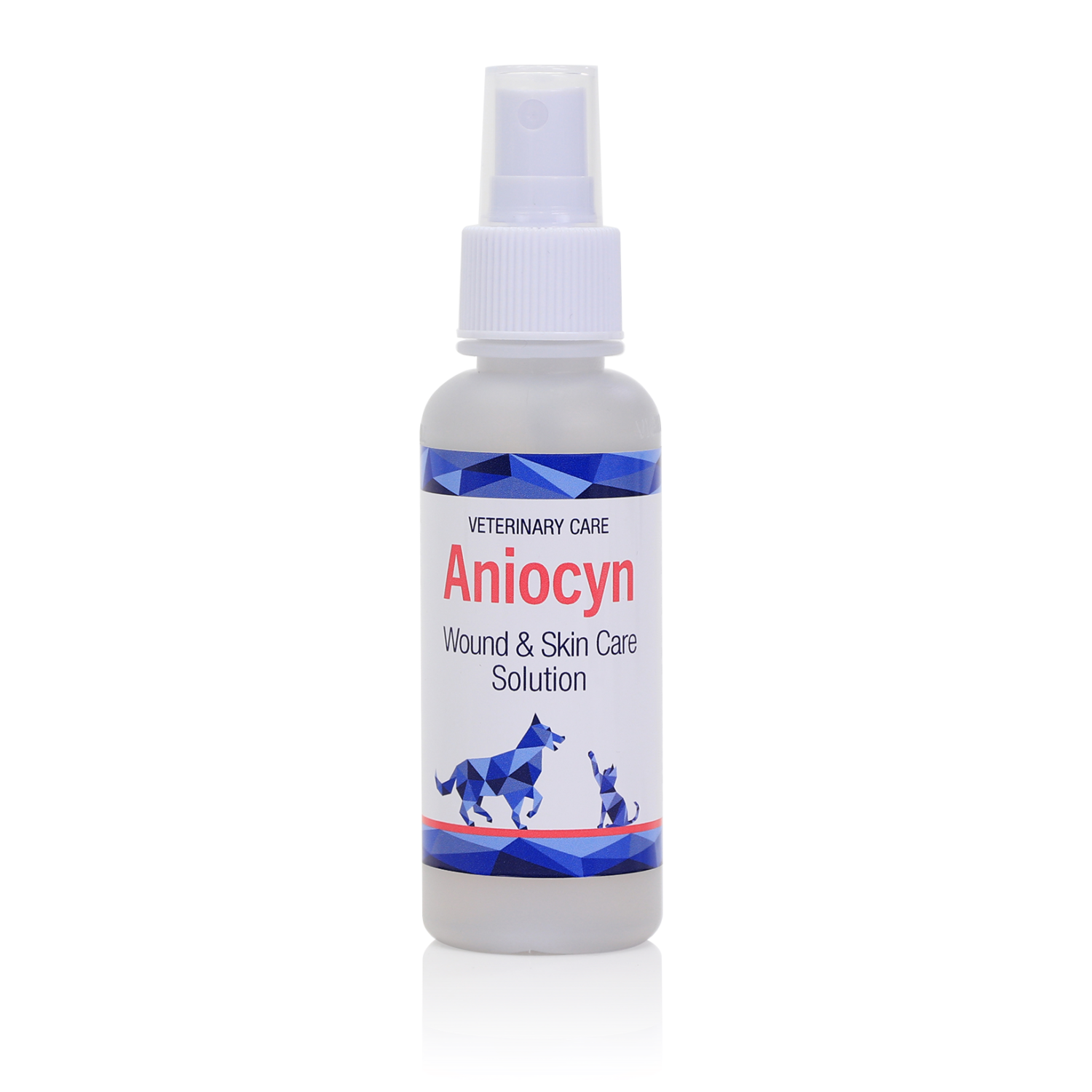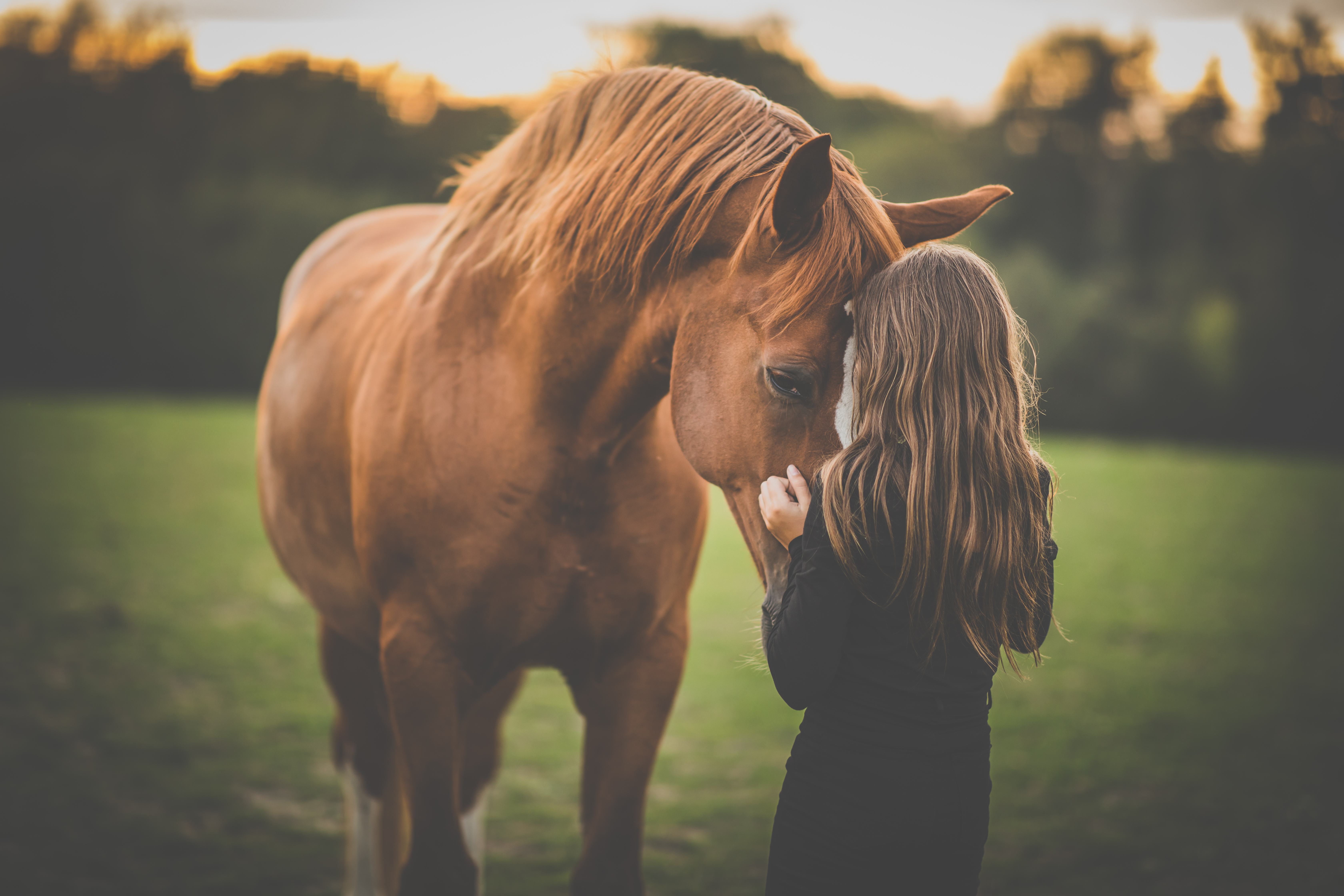Perfect for your pet pharmacy
For all types of acute, chronic and infected wounds:1-8
- Surgical wounds
- Post-surgical sites
- Burns
- Cuts and lacerations
- Bite wounds
- Wounded or infected paws
- Abrasions
- Infected skin and skin folds
- Skin and eye irritations (Solution)
- Eye, ear, nose and mouth cleansing (Solution)
1. Kramer, A., et al. (2018) Consensus on wound antisepsis. Skin Pharmacology and Physiology 31(1): 28-58. 2. Stroman, D.W., et al. (2017) Reduction in bacterial load using hypochlorous acid hygiene solution on ocular skin. Clinical ophthalmology (Auckland, N.Z.) 11, 707-714. doi:10.2147/OPTH.S132851. 3. Castillo D.M., et al. (2015) Viability and Effects on Bacterial Proteins by Oral Rinses with Hypochlorous Acid as Active Ingredient. Braz Dent J. 26(5):519-24. 4. Kim H.J., et al. (2008) Effects of a low concentration hypochlorous Acid nasal irrigation solution on bacteria, fungi, and virus. Laryngoscope. 118(10):1862-7. 5. Park H., et al. (2002) Effectiveness of electrolyzed water as a sanitizer for treating different surfaces. J Food Prot. 65(8):1276–1280. 6. Garg P K et al. (2013) Evaluation of intraoperative peritoneal lavage with super-oxidized solution and normal saline in acute peritonitis. Arch Int Surg. 3(1); 43-48. 7. Wongkietkachorn, A. et al. The Use of Hypochlorous Acid Lavage to Treat Infected Cavity Wounds, Plastic and Reconstructive Surgery. 8(1) – p e2604. 8. Marhawi W.Z. (2015) Electrolysed super oxidised dressing (Hydrocyn aqua) for malodor control in malignant fungating wound. Poster Presentation International Wound and Biotherapy Conference, Malaysia. 9. Data on file.


